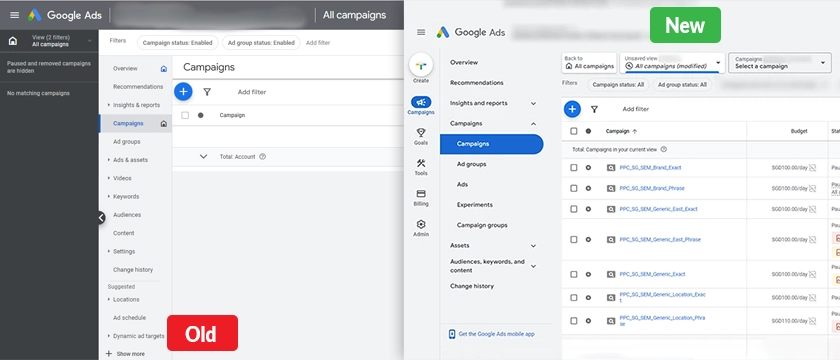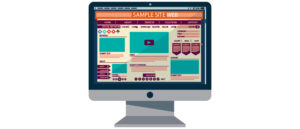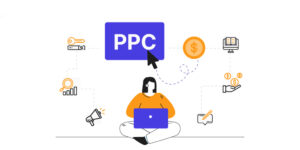Introduction
Google’s dashboards have always been vital tools for managing accounts and accessing a suite of services and analytics. With the release of the new Google Dashboard, users are experiencing a significant transformation in how they interact with and manage their Google accounts. This blog will explore the differences between the old and new Google Dashboards, highlighting the improvements, new features, and potential impacts on users.
Overview of the Old Google Dashboard
The old Google Dashboard was designed to give users a centralized view of their Google account activities and settings. It allowed users to manage their data across various Google services like Gmail, Google Drive, YouTube, and more. Key features included:
- Activity Overview: A summary of recent activities across Google services.
- Service Management: Easy access to different Google services with the ability to manage settings and preferences.
- Data Control: Tools to manage data, including privacy settings, security checks, and data download options.
- Simplistic Design: A straightforward, albeit somewhat dated, user interface focused on functionality over aesthetics.
Introduction to the New Google Dashboard
The new Google Dashboard aims to enhance user experience with a more modern, intuitive interface and additional features that provide deeper insights and more control over personal data. Here are the key enhancements:
- Revamped Interface: A more visually appealing, user-friendly design that aligns with Google’s Material Design principles.
- Enhanced Navigation: Improved navigation with a more organized layout, making it easier to find and manage various services and settings.
- Detailed Insights: Deeper insights into account activities, providing more detailed information about usage and data.
- Integrated Privacy and Security: Enhanced privacy and security controls integrated into the dashboard for easier management of permissions and settings.
- Personalization: More personalized recommendations and settings based on user behavior and preferences.
Key Differences Between the Old and New Dashboards
- User Interface and Design
- Old Dashboard: The design was functional but lacked the modern aesthetic. It was more text-heavy with a simplistic layout that made navigation sometimes cumbersome.
- New Dashboard: Features a sleek, modern design with visual elements that make it easier to navigate and understand. Icons, graphics, and intuitive menus improve the overall user experience.
- Navigation and Usability
- Old Dashboard: Navigation was serviceable but could be confusing due to the lack of organization and clear pathways to different settings and services.
- New Dashboard: Streamlined navigation with clearly defined sections for different services and settings. Users can quickly find what they need, reducing the time spent managing their accounts.
- Data Management
- Old Dashboard: Provided basic tools for managing data, including viewing activity and accessing data download options.
- New Dashboard: Offers more comprehensive data management tools, with detailed insights into how data is used, along with improved options for downloading and deleting data.
- Privacy and Security Controls
- Old Dashboard: Privacy and security settings were available but not as prominently featured, requiring more steps to access and manage.
- New Dashboard: Integrates privacy and security controls more seamlessly into the dashboard, allowing users to manage permissions, review security settings, and access privacy tools with ease.
Benefits of the New Google Dashboard
- Improved User Experience: The modern design and enhanced navigation make the new dashboard more user-friendly and efficient.
- Greater Transparency: Detailed insights into account activity and data usage provide users with a clearer understanding of how their information is used.
- Enhanced Security: Easier access to security controls helps users protect their accounts more effectively.
- Better Data Control: Comprehensive tools for managing data empower users to take control of their personal information.
Conclusion
The transition from the old Google Dashboard to the new one marks a significant improvement in terms of design, usability, and functionality. The new dashboard not only looks better but also offers enhanced features that provide users with more control and deeper insights into their Google accounts. Whether you’re managing personal data, adjusting privacy settings, or simply navigating through various Google services, the new dashboard offers a superior experience that meets the needs of modern users. As Google continues to evolve its services, the new dashboard sets a high standard for what users can expect in terms of convenience, transparency, and control.
To learn more or to acquire our services, please contact us at [email protected]





